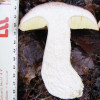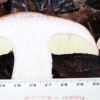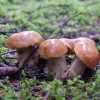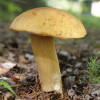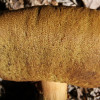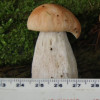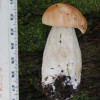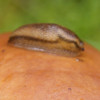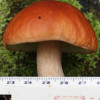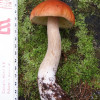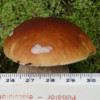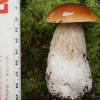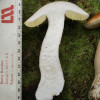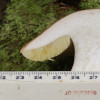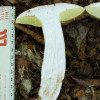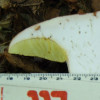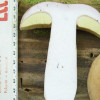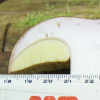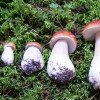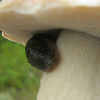Edible, therapeutic and toxic mushrooms
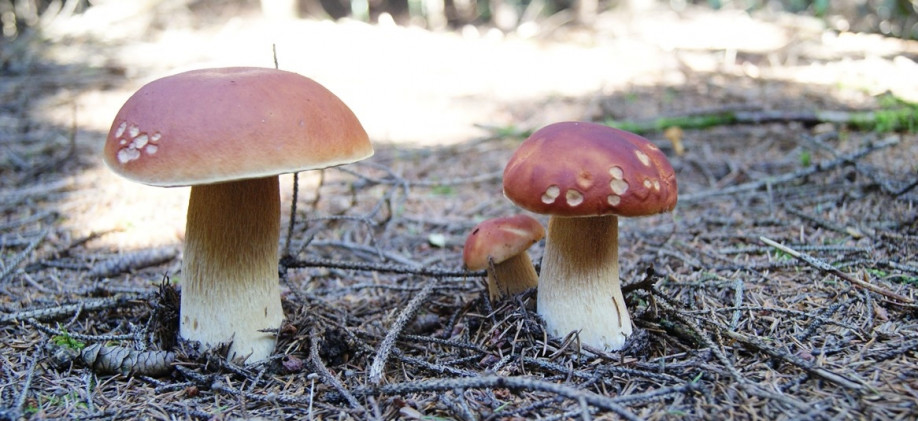
Habitat
Under conifers, mainly in White Spruce and Norway Spruce plantations. Often with Jack Pine in the boreal forest.
Pores and Pore Surface
Pore surface whitish, staining to lemon-yellow and olive-brown in age; pores circular, 2-3 per mm.
Comments
Send a comment
King Bolete is very variable in the color and surface of its cap as well as in its general shape. It fruited for the first time at the end of July, but these fruitbodies are very parasitized; it is generally better to wait for the fructification of the 3rd week of September to pick fruitbodies of quality; this last fructification is much more abundant. On the market, this bolete is sold under the names of Summer King Bolete and Autumn King Bolete.
For more informations
Formation
For those who wish to improve their knowledge, register for the Foundation's training program on this site and receive a certificate confirming the fruit of your efforts.













































